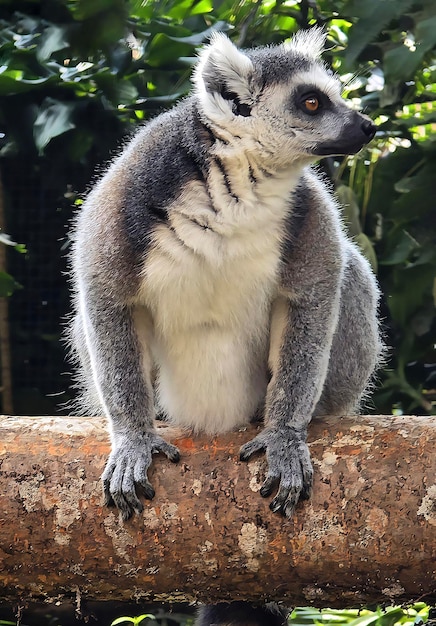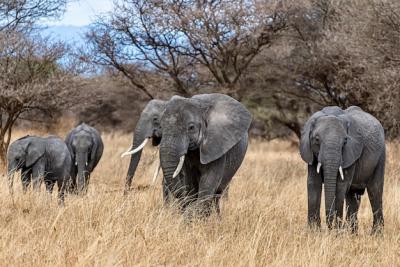Ring-Tailed Lemur (Lemur catta) – Maky Maki or Hira Tsimanampe Free Stock Photo for Download
The Ring-Tailed Lemur (Lemur catta) is a captivating species of primate that enchants many with its striking appearance and playful nature. Often referred to as maki maki or hira Tsimanampe, these creatures are easily recognizable by their long, striped tails and sociable behavior. Whether you're a wildlife enthusiast or just curious about this unique animal, there's so much to learn and appreciate about the Ring-Tailed Lemur.
Characteristics of Ring-Tailed Lemurs
The Ring-Tailed Lemur is known for its distinctive features that set it apart from other primates. Here are some notable characteristics:
- Physical Appearance: With a mix of gray and white fur, large expressive eyes, and a long tail adorned with black and white stripes, they are truly a sight to behold.
- Sociable Behavior: These lemurs are very social animals and often live in groups called troops, which can consist of up to 30 individuals.
- Vocalization: They are highly vocal and communicate through a variety of sounds, including barks and howls, which can be heard in the wild.
Habitat and Range
Ring-Tailed Lemurs are native to Madagascar, where they thrive in diverse environments. They are primarily found in:
- Tropical forests: Dense areas with plenty of trees provide shelter and food.
- Dry forests: These lemurs adapt well to different climates and can be found in both humid and arid regions.
- Spiny forests: They have even been observed in Madagascar's unique spiny vegetation zones.
The Importance of Ring-Tailed Lemurs in Ecosystems
As a key species in their habitat, Ring-Tailed Lemurs play a significant role in maintaining the ecological balance. They contribute to:
- Seed dispersal: By eating fruits and vegetables, they help spread seeds throughout the forest, promoting plant growth.
- Biodiversity: Their presence supports a wide range of other species, creating a balanced ecosystem.
Conservation Status
Despite their resilience, the Ring-Tailed Lemur faces challenges due to habitat destruction and hunting. Conservation efforts are crucial to protecting them. Here are some steps being taken:
- Protected Areas: Establishing and maintaining national parks and reserves in Madagascar.
- Education and Awareness: Programs aimed at local communities to promote conservation and sustainable practices.
- Breeding Programs: Initiatives in zoos and wildlife parks to help sustain their population.
Conclusion
The Ring-Tailed Lemur is more than just an adorable creature; it is a vital part of Madagascar's ecosystem. Understanding their behaviors, habitats, and the threats they face can foster a deeper appreciation for these remarkable animals. By supporting conservation efforts, we can help ensure that future generations experience the charm and beauty of the Ring-Tailed Lemur.












